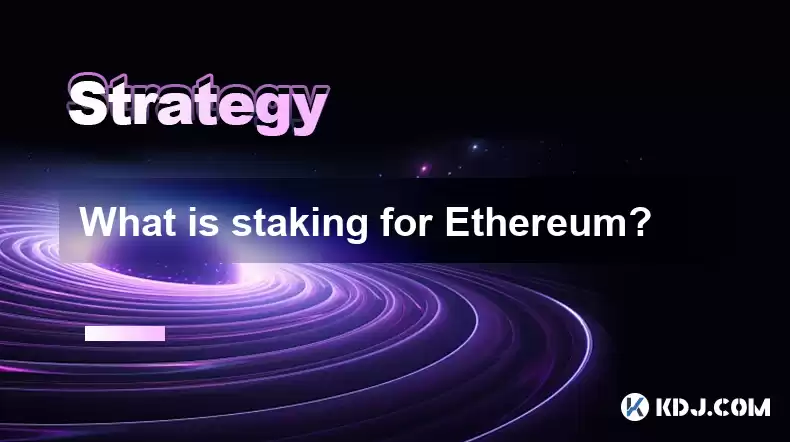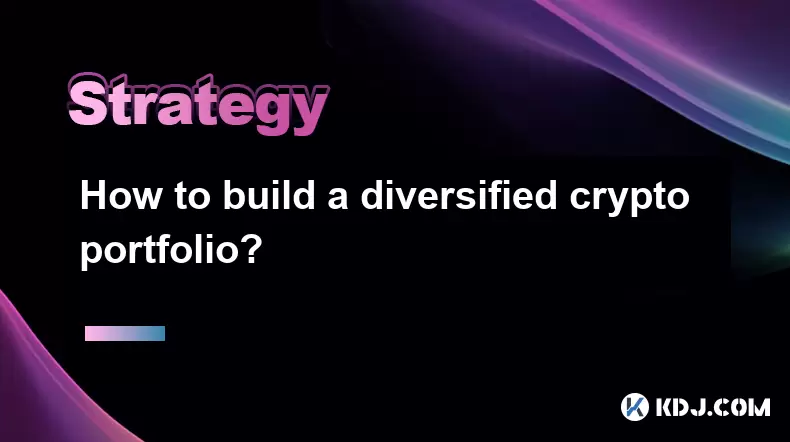-
 Bitcoin
Bitcoin $116400
-0.36% -
 Ethereum
Ethereum $4033
3.40% -
 XRP
XRP $3.302
-1.26% -
 Tether USDt
Tether USDt $1.000
-0.02% -
 BNB
BNB $796.1
1.67% -
 Solana
Solana $177.8
1.89% -
 USDC
USDC $0.9999
0.00% -
 Dogecoin
Dogecoin $0.2314
4.09% -
 TRON
TRON $0.3381
0.14% -
 Cardano
Cardano $0.7989
1.22% -
 Stellar
Stellar $0.4496
-1.84% -
 Chainlink
Chainlink $20.42
9.42% -
 Hyperliquid
Hyperliquid $41.17
0.88% -
 Sui
Sui $3.914
3.77% -
 Bitcoin Cash
Bitcoin Cash $584.7
1.52% -
 Hedera
Hedera $0.2632
-0.54% -
 Avalanche
Avalanche $24.09
3.40% -
 Ethena USDe
Ethena USDe $1.001
-0.02% -
 Litecoin
Litecoin $123.2
1.33% -
 Toncoin
Toncoin $3.318
-0.04% -
 UNUS SED LEO
UNUS SED LEO $8.984
-0.05% -
 Shiba Inu
Shiba Inu $0.00001323
2.85% -
 Uniswap
Uniswap $10.90
4.41% -
 Polkadot
Polkadot $3.999
3.34% -
 Dai
Dai $1.000
0.01% -
 Cronos
Cronos $0.1630
9.64% -
 Bitget Token
Bitget Token $4.484
0.82% -
 Monero
Monero $272.4
2.44% -
 Pepe
Pepe $0.00001173
6.03% -
 Aave
Aave $290.8
2.88%
What is staking for Ethereum?
Staking Ethereum involves locking ETH to validate transactions and secure the network, while earning potential rewards and contributing to its governance.
Feb 26, 2025 at 08:30 am

Key Points:
- Overview of Ethereum Staking
- Benefits, risks, and requirements
- Step-by-step staking process
- Security considerations
- Staking rewards calculation and distribution
- Future developments in Ethereum staking
What is Staking for Ethereum?
Proof-of-Stake (PoS) is a consensus mechanism used in the Ethereum blockchain to validate transactions and secure the network. Staking is the act of locking a certain amount of Ethereum (ETH) in a staking pool or wallet to participate in the validation process.
By doing so, stakers leverage their ETH to support the network's security and earn rewards in the form of newly minted ETH.
Benefits of Staking for Ethereum
- Passive Income: Stakers receive rewards for helping to secure the network.
- Network Security: Staking contributes to the overall health and resilience of the Ethereum blockchain.
- Governance Rights: Stakers can participate in governance decisions, such as voting on protocol upgrades.
Risks of Staking for Ethereum
- Slashing Risk: If a staker engages in malicious activity or fails to maintain certain network requirements, their staked ETH can be slashed.
- Loss of Value: As with any investment, the value of ETH is subject to market fluctuations.
- Liquidity Lockup: Staked ETH cannot be immediately withdrawn and may be subject to vesting or lockup periods.
Requirements for Staking for Ethereum
To stake Ethereum, you will need the following:
- Ethereum Wallet: A cryptocurrency wallet compatible with Ethereum staking, such as MetaMask or Ledger Nano X.
- ETH Balance: A minimum amount of ETH required for staking, currently set at 32 ETH.
- Internet Connection: A stable internet connection for participating in the staking process.
Step-by-Step Staking Process for Ethereum
- Choose a Staking Pool or Wallet: Research and consider the fees, security measures, and minimum staking requirements of various providers.
- Transfer ETH to Your Staking Account: Send the required amount of ETH to the wallet or staking pool you choose.
- Activate Staking: Activate staking within your staking wallet or pool and confirm the terms and conditions.
- Maintain Node Software: If running your own staking node, ensure that your node software is up to date and running smoothly.
- Monitor Staking Rewards: Track your staking rewards and ensure they are being distributed regularly.
Security Considerations for Staking Ethereum
- Choose a Reputable Provider: Select a staking pool or wallet with proven security practices and a strong reputation.
- Secure Your Private Keys: Keep your private keys secure and avoid sharing them with anyone.
- Regularly Update Software: Ensure that your staking wallet or node software is kept up to date with the latest security updates.
- Consider Hardware Wallets: Hardware wallets provide enhanced security by storing your private keys offline, protecting them from online attacks.
Staking Rewards Calculation and Distribution for Ethereum
- Rewards Calculation: Rewards are calculated based on the amount of ETH staked, the duration of staking, and the overall network inflation rate.
- Reward Distribution: Rewards are typically distributed to stakers in the form of newly minted ETH, but the frequency of distribution depends on the staking provider.
Future Developments in Ethereum Staking
With the upcoming Ethereum 2.0 upgrade, staking will become an increasingly important component of the network's security. Updates may include:
- Reduced Staking Requirements: The minimum amount of ETH required for staking may be lowered.
- Incentivized Liquid Staking: Liquid staking solutions allow stakers to earn rewards while maintaining liquidity of their assets.
- Institutional Staking: Institutional investors are increasingly showing interest in staking Ethereum, leading to the development of specialized staking products.
Frequently Asked Questions (FAQs)
- Is staking Ethereum profitable? Yes, staking Ethereum can be profitable, providing passive income and potential capital appreciation. However, it is important to consider the risks and opportunity cost involved.
- How long does it take to unstake Ethereum? The unstaking period for Ethereum is typically around 24-48 hours, but this can vary depending on the staking provider.
- What is the minimum amount of Ethereum I need to stake? The current minimum amount of ETH required for staking is 32 ETH.
- Is it possible to stake less than 32 ETH? Currently, it is not possible to stake less than 32 ETH directly. However, liquid staking solutions allow you to stake smaller amounts and combine it with other stakers' pools.
- How often are staking rewards paid out? Staking rewards are typically paid out in intervals, which vary depending on the staking provider. It can range from daily to monthly or even longer.
Disclaimer:info@kdj.com
The information provided is not trading advice. kdj.com does not assume any responsibility for any investments made based on the information provided in this article. Cryptocurrencies are highly volatile and it is highly recommended that you invest with caution after thorough research!
If you believe that the content used on this website infringes your copyright, please contact us immediately (info@kdj.com) and we will delete it promptly.
- Shiba Inu (SHIB) in the Crypto Landscape: Community, Trends, and Future Outlook
- 2025-08-09 20:30:12
- Lasers in Modern Warfare: Iron Beam and the Future of Defense
- 2025-08-09 20:30:12
- Maxi Doge Presale: The Meme Coin That's Pumping Iron and Prices!
- 2025-08-09 19:10:11
- Rare Coin Warning: Don't Get Fooled by That 1p Coin!
- 2025-08-09 18:50:12
- Cardano, Unilabs, and Tron Price: Decoding the Latest Crypto Buzz
- 2025-08-09 18:30:12
- Aerodrome Finance: Price Targets and the Bullish Channel - What's Next?
- 2025-08-09 18:50:12
Related knowledge

How to use stop-loss orders to limit potential losses?
Aug 08,2025 at 02:01pm
Understanding Stop-Loss Orders in Cryptocurrency TradingA stop-loss order is a risk management tool used by traders to automatically sell a cryptocurr...

How to read cryptocurrency charts and use technical analysis?
Aug 08,2025 at 11:08am
Understanding the Basics of Cryptocurrency ChartsCryptocurrency charts are graphical representations of price movements over time. These charts are es...

How to do your own research (DYOR) before investing in a crypto project?
Aug 08,2025 at 09:07pm
Understanding the Core Principles of DYOR in CryptocurrencyEngaging in due diligence before investing in any cryptocurrency project is essential to mi...

How to build a diversified crypto portfolio?
Aug 09,2025 at 12:21pm
Understanding the Importance of Diversification in CryptoDiversification in the cryptocurrency space is a strategy used to reduce risk by spreading in...

How to avoid common crypto investment mistakes?
Jul 13,2025 at 01:35am
Understanding the Risks of Crypto InvestmentInvesting in cryptocurrency can be highly rewarding, but it also comes with significant risks. One of the ...

What is a long-short crypto strategy?
Jul 15,2025 at 10:56am
Understanding the Basics of a Long-Short Crypto StrategyA long-short crypto strategy is an investment approach where traders simultaneously take long ...

How to use stop-loss orders to limit potential losses?
Aug 08,2025 at 02:01pm
Understanding Stop-Loss Orders in Cryptocurrency TradingA stop-loss order is a risk management tool used by traders to automatically sell a cryptocurr...

How to read cryptocurrency charts and use technical analysis?
Aug 08,2025 at 11:08am
Understanding the Basics of Cryptocurrency ChartsCryptocurrency charts are graphical representations of price movements over time. These charts are es...

How to do your own research (DYOR) before investing in a crypto project?
Aug 08,2025 at 09:07pm
Understanding the Core Principles of DYOR in CryptocurrencyEngaging in due diligence before investing in any cryptocurrency project is essential to mi...

How to build a diversified crypto portfolio?
Aug 09,2025 at 12:21pm
Understanding the Importance of Diversification in CryptoDiversification in the cryptocurrency space is a strategy used to reduce risk by spreading in...

How to avoid common crypto investment mistakes?
Jul 13,2025 at 01:35am
Understanding the Risks of Crypto InvestmentInvesting in cryptocurrency can be highly rewarding, but it also comes with significant risks. One of the ...

What is a long-short crypto strategy?
Jul 15,2025 at 10:56am
Understanding the Basics of a Long-Short Crypto StrategyA long-short crypto strategy is an investment approach where traders simultaneously take long ...
See all articles

























































































